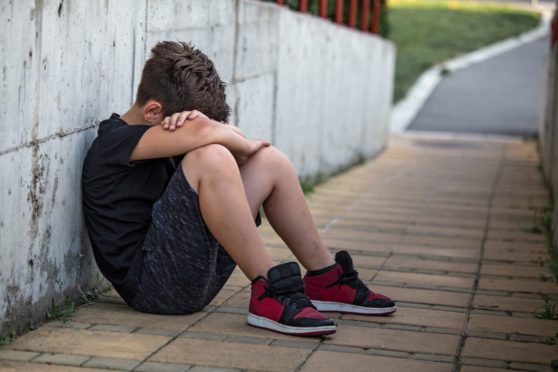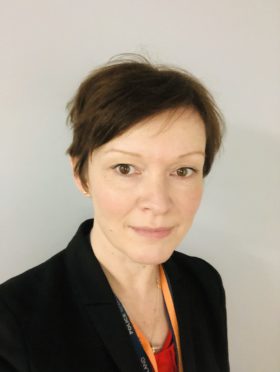I work within the Police Scotland Public Protection Unit (PPU) and previously spoke to you about issues locally involving labour exploitation.
Another area in which the PPU are involved is the issue of Child Trafficking and Exploitation.
This can sound quite extreme and you may think doesn’t happen in the north-east, but it does and I would like to explain what this means and what you can do if you have any concerns.
The Exploited: Human trafficking in north and north-east exposed
Child Trafficking is the term given to the movement of children with the intent to exploit them.
A child victim of human trafficking is a victim of child abuse. No international border requires to be crossed for this offence to be committed.
How to spot the signs
I want to share some information with you around how to spot the signs of this threat and how to safely report the issue.
Forms of Child Trafficking and exploitation can include Sexual Exploitation; Domestic Servitude; Forced Marriage; Organised Shoplifting and County Lines activity.
“County Lines” is the term used to commonly describe the approach taken by criminal networks who establish drug dealing operations in areas out with their usual localities.
This typically involves gangs moving their operations from large urban cities out into more remote rural areas – particularly coastal towns, market towns, or commuter towns close to large cities.
Groups use children to deliver the drugs
This includes towns within the North East of Scotland. These criminal groups often use children to deliver the drugs and can involve deception, intimidation, violence and/or grooming.
The criminal exploitation of children is not confined to “County Lines” but can also include other forms of criminal activity such as theft, acquisitive crime and knife crime.
I would like to raise public awareness of the indicators which could suggest that a child is the victim of trafficking and exploitation.
Clues in child’s behaviour
In terms of a child’s physical appearance this could include appearing malnourished or unkempt; appearing agitated or withdrawn; displaying sexualised or violent behaviour or language; having gifts or extra money which they can’t explain; having unexplained injuries and using drugs and/or alcohol.
The use of multiple electronic devices could indicate an issue such as using a second mobile telephone.
The daily activities of a child may be seen to change in that they may be absent from school regularly or disappear during school time.
They may go missing from Local Authority care.
The child may be receiving excessive calls or messages and be found in areas away from their home.
They could be being driven around by an older adult ‘boyfriend or girlfriend’. It could be that the child is no longer associating with their usual friends group and is mixing with an older crowd.
How to report concerns
I would encourage anyone to report their concerns about either a young or vulnerable person; whether it be a family member; a friend, an employee; that just doesn’t feel right, or looks suspicious.
We can be contacted on 101 or using the “Contact Us” form on our website.
You can also report your concerns entirely anonymously through the independent charity Crimestoppers on 0800 555 111.

